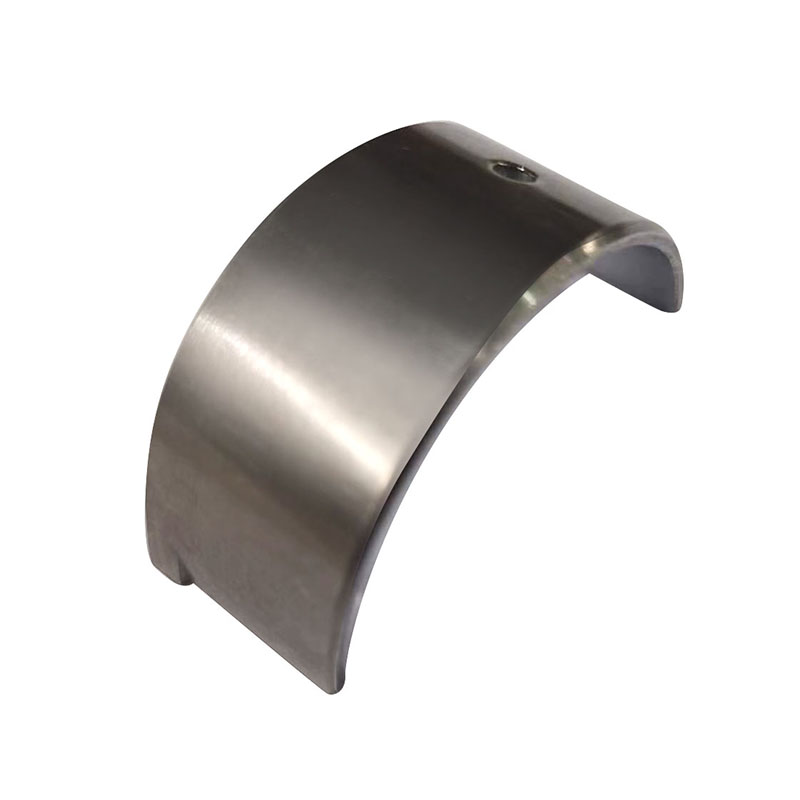Types of Automotive Engine Bearing
2024-04-18
Automotive engine bearings are critical components that support and facilitate the smooth rotation of the engine's moving parts, such as the crankshaft, connecting rods, and camshaft. They play a vital role in reducing friction, minimizing wear and tear, and maintaining proper engine function. There are several types of engine bearings used in automotive engines:
1. Main Bearings: Main bearings support the crankshaft within the engine block and are typically installed at the main bearing journals. They distribute the load generated by the crankshaft's rotation and help align it with the engine block.
2. Rod Bearings: Rod bearings, also known as connecting rod bearings or big-end bearings, are located between the connecting rod and the crankshaft. They allow the connecting rod to pivot smoothly around the crankshaft journal as the piston moves up and down.
3. Thrust Bearings: Thrust bearings, sometimes called thrust washers, are used to control axial movement (end play) of the crankshaft. They prevent excessive movement of the crankshaft in the axial direction, which could lead to damage or misalignment of engine components.
4. Camshaft Bearings: Camshaft bearings support the camshaft within the engine block or cylinder head. They allow the camshaft to rotate smoothly while maintaining proper alignment with the engine's valve train components.
5. Balance Shaft Bearings: Some engines, especially those with inline-four or V6 configurations, use balance shafts to reduce vibration. Balance shaft bearings support these shafts and ensure smooth rotation to counteract engine vibrations.
Automotive engine bearings are typically made from a variety of materials, including:
- Babbitt Metal: Traditionally used for bearing surfaces due to its excellent compatibility with crankshaft materials and ability to embed foreign particles without damaging the shaft.
- Steel-backed Bearings: These bearings feature a steel shell with a layer of bearing material, such as copper-lead or aluminum-silicon alloy, bonded to the inner surface. They offer good strength and wear resistance.
- Aluminum-based Alloys: Aluminum alloys are often used in modern engine bearings due to their lightweight, high strength, and excellent thermal conductivity. They can be combined with other elements such as silicon, tin, or copper to improve performance.
Proper lubrication is crucial for the longevity and performance of automotive engine bearings. They are typically lubricated by engine oil, which forms a thin film between the bearing surface and the rotating shaft to reduce friction and wear. Regular maintenance, including oil changes and monitoring of oil pressure and temperature, helps ensure the effective lubrication and functioning of engine bearings.



